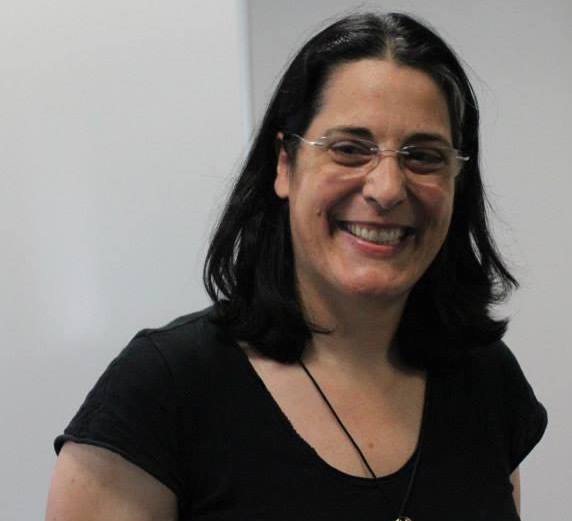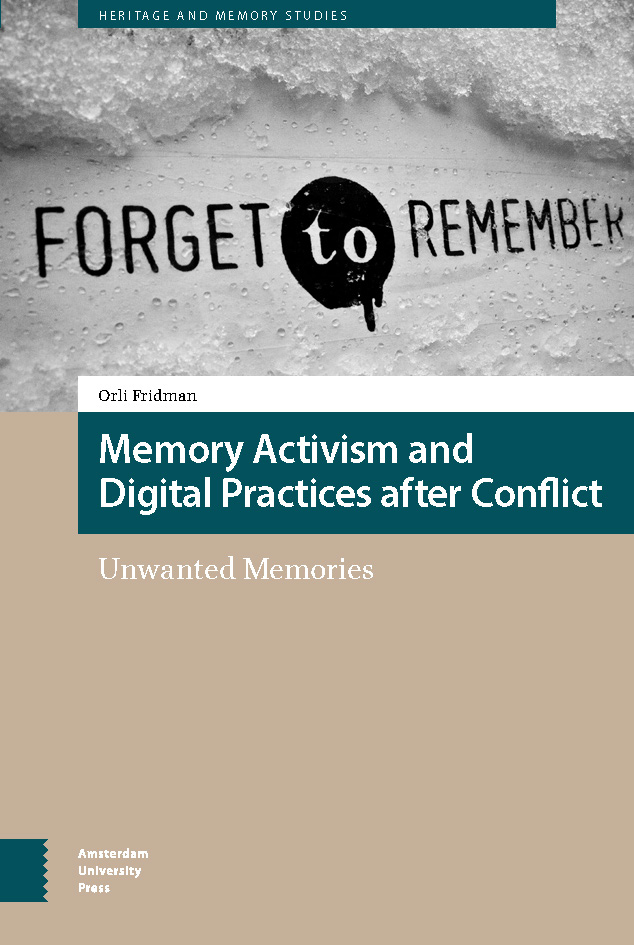The wars that led to the breakup of Yugoslavia stretched across the 1990s unleashing a level of destruction and human devastation not seen in Europe since World War II. The repercussions of the conflict were profound and can still be felt today. Over 130,000 died and another 4 million fled their homes. The predominantly Muslim region of Bosnia-Herzegovina was especially hard hit, accounting for over half of all the refugees and the overwhelming majority of lives lost. Targets of mass rape and the newly coined crime of ethnic cleansing, Bosnians experienced the kinds of violence and hatred that recalled the worst attrocities of World War II. Fighting in Kosovo between Serbs and the ethnic Albanian population only came to an end when Serbs were forced to the peace table by a 78 day NATO air campaign. When the wars finally ended the former multiethnic nation of Yuguslavia, celebrated just a decade earlier at the Sarajevo Winter Olympics, had broken up into seven largely homogeneous ethnic nation states.
The early 2000s there was a period of optimism in Serbia about the willingness to confront the memories of the wars in Yugoslavia. Strikes and protests culminated on October 5, 2000 with several hundred thousand protesters in Belgrade and the resignation of long-ruling strongman Slobodan Milošević. Former Belgrade mayor and opposition leader Zoran Đinđić became the new prime minister ushering in a wave of democratic reforms. Đinđić’s government actively cooperated with the International Criminal Tribunal for the Former Yugusolvia (ICTY) with the extradition of Serb military personnel implicated in war crimes. But the desire for political change did not translate into a desire for political reform and greater openness about the past. Just three years into his term in office Đinđić was assassinated and Serbia veered in a very different direction.
In the years after Đinđić’s assassination silence and denial about the wars of the 1990s became official policy. Orli Fridman explains that a majority of Serbs were firm believers in the righteousness of the war and were still reeling from the shock and disappointment of the losses. Rather than encouraging debate and discussion, governments during the 2000s silenced all public conversations about the wars of the 1990s. To promote unity and to instill a sense of pride in a wounded nation, a new state calendar was adopted with new holidays and new memory laws. The nineteenth century became an especially prominent period for the celebration of the nation’s military and heroic past. Concomitant with the anchoring of a sense of pride in the nation’s past was the intentional forgetting of the recent past. Younger generations in Serbia today know very little about what happened in the 1990s. Public surveys reveal a shocking ignorance among younger Serbs about even the most prominent atrocities and massacres that took place during the wars. Few have much of an understanding of the ICTY and most see civil society initiatives with a focus on human rights as completely irrelevant.
The memories of the 1990s that have been cultivated by the state in Serbia center on narratives of victimhood. The two most important memories of the 1990s on the state calendar are the NATO bombings of Serbia in 1999 and Operation Storm (Operacija Oluja) in 1995. The start of the NATO bombings on March 24th has been commemorated since 2000 and the end of Operation Storm on August 5th since 2010. Operation Storm recalls the injustice perpetrated by Croatia through the expulsion of some 200,000 Serbs. The commemoration of the NATO bombings is organized around services held at Orthodox churches across the country to remember Serb victims, with the most important service at St. Mark’s Church in Belgrade. Institutions such as the Army and Police have also organized their own commemorations. Monuments have been built around the country to recall the citizens and soldiers who died in the bombings. In the years following the assassination of Zoran Đinđić the official commemoration of the NATO bombing has only grown in magnitude.
The first generation of activists to challenge the denial, forgetting, and distortion of the memories of the 1990s in Serbia were the Women in Black. The Women in Black drew their inspiration from the Israeli Women in Black, who for years organized silent demonstrations in public spaces against the Israeli occupation of Palestine. In Serbia, the Women in Black organized during the early stages of the war in Croatia as a feminist, anti-militarist and anti-nationalist group who opposed the war. During the war in Bosnia-Hercegovina they organized weekly silent vigils in downtown Belgrade. They became closely associated with the slogan “Not in my name.”
In discussing the dynamics of memory work and memory activism, and the tensions between state-sponsored and alternative counter-memories, this text underlines the importance and roles of spaces of memory as vibrant arenas of political struggle, civic activism, and hope. Orli Fridman, Memory Activism and Digital Memory Practices after Conflict: Unwanted Memories
Following the conclusion of the wars in Yugoslavia and the dashed hopes that Serbia would confront its past, the Women in Black shifted their work from anti-war and peace activism to memory activism. They organized their own alternative calendar of commemorative events to increase public awareness of the crimes committed during the war. The most important event on this calendar is July 10th. Held annually for more than two decades, the Women in Black gather in the heart of Belgrade in Republic Square in a silent vigil to commemorate publicly the victims of Srebrenica as the victims of a genocide—a crime which is still not recognized by the government of Serbia.
The efforts of the Women in Black to confront the past reveal the deep divisions within Serbia. When the Women in Black gathered in Republic Square in 2005 they were sprayed with tear gas and shouted at with nationalist hate chants such as “Nož, žica, Srebrenica” (knife, wire Srebrenica) which glorifies the the Srebrenica genocide. Starting in 2006 the Women in Black have received police protection to reach and leave Republic Square. Following the arrest of Radovan Karadžić in 2008, Republic Square has become a divided space with police separating supporters and nationalists opponents of the Women in Black.
The messages and actions of the Women in Black have changed over time. Early actions featured banners with single words such as “solitary” and “responsibility.” In later years they organized more elaborate initiatives. In 2010, for example, the Women in Black encourage citizens to donate shoes with messages written to survivors of the genocide as part of the “One Pair of Shoes, One Life” action. In 2011 they gathered in Republic Square with a large banner in the shape of the Srebrenica Genocide Memorial emblazoned with the names of the victims. They read aloud the names of over 600 victims scheduled to be buried the next day at the Potočari memorial grave site in Srebrenica which holds the bodies of 8,372 victims of the genocide. In 2012 the Women in Black used recordings of the Mothers of Srebrenica to explain the importance of remembering the genocide.
A second generation of memory activists, born in the 1990s, adopted the slogan, “Too young to remember, determined never to forget.” They built on the work of the Women in Black but also embarked on new forms of memory activism shaped by new imperatives. They organized around the Belgrade Branch of the Youth Initiative for Human Rights (YIHR), a regional network with programs in most of the nations that were once part of Yugoslavia. They too gathered in Republic Square on July 10th to commemorate and to publically the genocide in Bosnia. Second generation memory activists also rejected nationalism and denialism of the crimes committed during the wars in Yugoslavia.
In contrast to the Women in Black, second generation memory activists in Serbia prefer more direct forms of political engagement. They remain in Belgrade on July 11th while the Women in Black travel to the Potočari memorial for the official commemoration of the genocide in Bosnia. Second generation activists shifted their actions from Republic Square to the National Assembly to put more pressure on Serbia’s elected politicians. They are especially interested in the memory of the war in Kosovo which is closer in time to their generation. They have undertaken a number of initiatives to promote greater public awareness of the crimes committed by Serb forces during the war—a subject which remains largely taboo in Serbia. They have organized silent vigils to commemorate the massacre of Kosovo Albanians civilians that took place at Suva Reka and give memory walks to the mass grave site at Batajnica (at least as close as the public is allowed), just outside Belgrade, that contains the bodies of over 700 Kosovo Albanians killed during the war.
Younger memory activists have taken their work on-line through a variety of hashtag digital initiatives. For example the hashtag #sedamhiljada (seven thousand) was used to mobilize seven thousand people to lie down in front of the Serbian parliament in July to mark the 20th anniversary of Srebrenica. The hashtag #NisuNašiHeroji (not our heros) was a response to how convicted war criminals, upon the completion of their sentences given by the ICTY, were welcomed home as heros and sometimes given top positions in government. Hashtag #WhiteArmbandDay was used to recall the ethnic cleansing that took place in the town of Prejidor in northeastern Bosnia-Herzegovina. When Bosnian Serbs took over the town during the war they ordered all non-Serbs to mark their houses with white flags or bedsheets and to wear white armbands when leaving their houses. This was the beginning of an extermination campaign second only to the Srebrenica massacre in terms of the total number of deaths.
White Armband Day, on May 31st, isn’t just an important commemorative date on the alternative memory calendar in Serbia, it’s an opportunity for activists in Serbia to work together with activists in Bosnia-Herzegovina and throughout the region. Once banned by the local authorities, hashtag #WhiteArmbandDay created the momentum for an on site commemorative march which, since 2013, is now held annually in Prejidor. Equally important, hashtag #WhiteArmbandDay offered a platform for Serbs to acknowledge and express their compassion and empathy for the victims—the true seeds of any form of future reconciliation and healing.
Despite the pervasive nationalism and denialism that defines the region, hashtag digital memory activism is one of many examples of how activists in the region collaborate across national borders. From efforts by language experts to recognize and cultivate a shared linguistic heritage to choir groups that preserve the memory of a common struggle against fascism during World War II, activists of all stripes are finding common cause in the face of profound national divisions. It is this desire and ability of activists to work together across national borders to affect positive change that offers the greatest hope and optimism for the future of the region.

Orli Fridman
Orli Fridman is an associate professor of politics at the Belgrade based Faculty of Media and Communications (FMK) at Singidunum University. She is also the academic director of the School for International Training (SIT) learning center in Belgrade. She is the author of Memory Activism and Digital Practices after Conflict: Unwanted Memories (Amsterdam University Press, 2022), and co-editor (with ed. with Sarah Gensburger) of The Covid-19 Pandemic and Memory. Remembrance, commemoration, and archiving in crisis, Palgrave, 2023 and numerous peer reviewed articles and book chapters. Her research focuses on critical peace and conflict studies, memory politics and memory activism – digital and on-site. In her current research Fridman addresses the comparative analysis of alternative and disputed commemorative events in the Western Balkans, Israel-Palestine and beyond.

